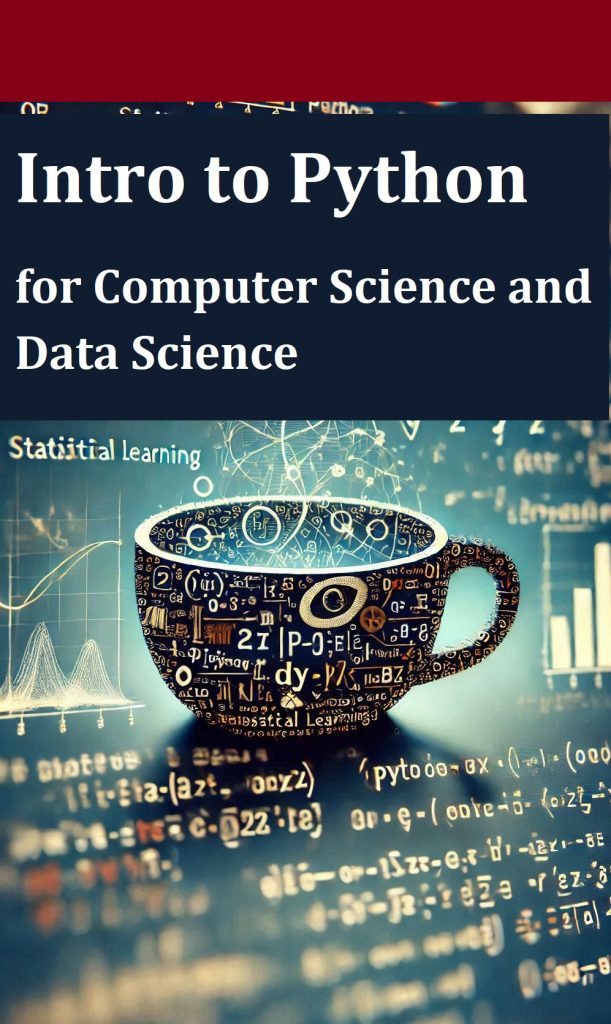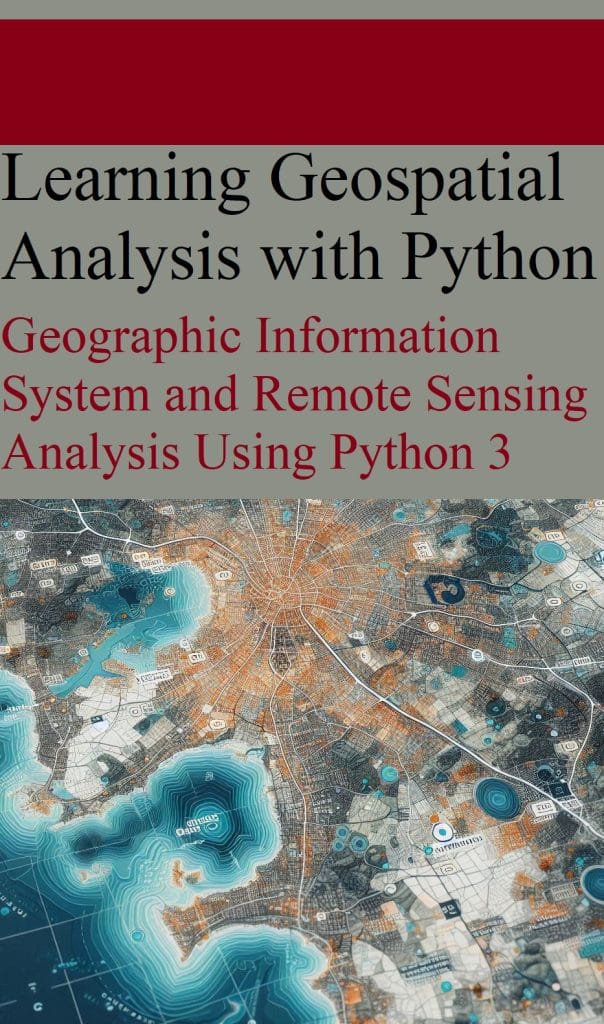Rewrite this article:
The intersection of financial theory and Python programming provides a solid framework for analyzing finance under conditions of uncertainty. This article explores financial theory with Python, a model economy of increasing complexity: from the simplest static two-state economy to a dynamic economy modeled using stochastic processes. These scenarios provide insight into fundamental financial concepts such as net present value, risk-free pricing, and portfolio optimization. Python enhances this analysis, enabling practical applications of these theories in a repeatable and scalable manner.
The static two-state economy: a fundamental framework
A static two-state economy is the simplest model for analyzing finance in a context of uncertainty. This model assumes only two relevant dates – today and a future date – and two possible outcomes (states) for the future. Despite its simplicity, this framework introduces essential financial concepts:
- Net Present Value (NPV): The valuation of future cash flows discounted to present value.
- Expected return: The weighted average of potential returns, based on their probabilities.
- Volatility: A measure of uncertainty or risk in the return of an asset.
- Conditional Claims: Financial instruments whose return depends on the state of the economy.
- Replication of options: Construct portfolios to replicate options performance.
- Arbitration rates: Exploit price gaps to make profits without risk.
- Martingale measurement: A probability measure that discounted asset prices are martingales.
- completeness of the market: A market is complete if every contingent claim can be reproduced through asset trading.
- Risk-free pricing: Price assets as if investors were indifferent to risk.
- Medium Variance Portfolios: Balancing expected returns and risk.
Python in a two-state economy
Python simplifies the practical implementation of financial theories in a two-state economy. For example, consider the replication of a conditional claim. If the gain depends on whether the economy transitions to State A or State B, Python can be used to construct a portfolio that reflects this gain.
Python Example: Replicating Options in a Two-State Economy
import numpy as np# Assumptions
state_prices = np.array([0.4, 0.6]) # Probabilities of State A and B
payoff = np.array([50, 100]) # Payoff in each state# Replicating portfolio
replicating_portfolio = np.linalg.solve(np.eye(2), payoff * state_prices)
print("Replicating Portfolio:", replicating_portfolio)
Expansion towards a static three-state economy
The introduction of a third possible state broadens the analytical scope of the model. This static three-state economy allows for the examination of more complex financial concepts:
- Market incompleteness: Not all conditional claims can be perfectly reproduced.
- Indeterminacy of martingale measurements: Several probability measures can align with market prices.
- Super-Replication: Build portfolios that guarantee reimbursements greater than or equal to the claim reimbursement in all states.
- Approximate replication: Achieve a close approximation of possible claim reimbursements.
This framework also facilitates the introduction of Capital Asset Pricing Model (CAPM)which explains asset prices by equilibrium risk-reward tradeoffs.
Python Example: Market Incompleteness Analysis
# Simulating three-state probabilities and payoffs
state_prices = np.array([0.3, 0.4, 0.3])
payoff = np.array([50, 75, 100])# Attempt to solve for replication (not always feasible in incomplete markets)
try:
replicating_portfolio = np.linalg.solve(np.eye(3), payoff * state_prices)
print("Replicating Portfolio:", replicating_portfolio)
except np.linalg.LinAlgError:
print("Market is incomplete; exact replication is not possible.")
Presentation of agents and decision making
Agents faced with individual decision problems bring a new dimension to financial modeling. Their decisions are generally guided by the expected utility maximization paradigmwhich balances risk and return preferences. Incomplete markets complicate decision-making because not all risks can be hedged.
THE representative agent This concept simplifies this complexity by combining individual preferences into a single utility function. This makes it possible to derive notions of equilibrium and to make the link between optimality, martingale measures and risk-free pricing.
Example: utility maximization in Python
import scipy.optimize as opt# Define utility function (e.g., logarithmic)
def utility(consumption):
return np.log(consumption)# Constraints and optimization
def expected_utility(weights, returns, probabilities):
consumption = np.dot(weights, returns)
return -np.dot(probabilities, utility(consumption)) # Negative for maximization# Example inputs
returns = np.array([[50, 100], [75, 125]])
probabilities = np.array([0.5, 0.5])
weights_guess = [0.5, 0.5]# Optimize weights
result = opt.minimize(expected_utility, weights_guess, args=(returns, probabilities), bounds=[(0, 1), (0, 1)])
print("Optimal Weights:", result.x)
Source link







